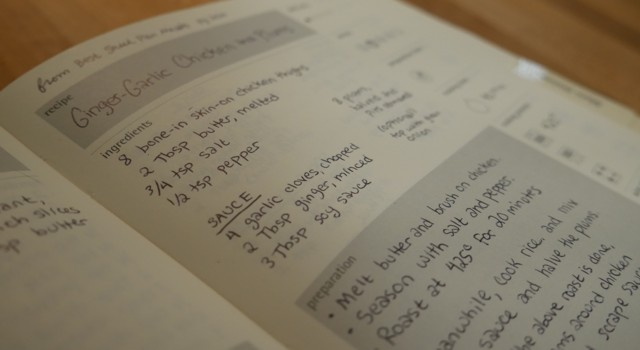
There is a delicious sheet pan recipe we make that we call Chicken & Plums. It roasts 8 chicken thighs and 8 halved plums on a sheet pan under a ginger-garlic sauce. Megan found the recipe, and the first time David tried it, it brought him back to his childhood with a dish his mother used to make. It is one of David’s favorites.
The trouble is, you cannot always make it because plums are not always in season. Here in the Northern Hemisphere, plums are only in season in August and September. Furthermore, here in Virginia, they are only sold perhaps July to September. The frozen aisle does not have frozen plums. There are no canned plums. The recipe can basically only reliably be made in August.
We cannot help but buy plums in season. Plums are not available at other times. However, for other food items, you have to know the in-season price to see the out-of-season expense.
For example, the price of a pint of strawberries (only in season in June) varies, on average, from about $1.75 in July to $3.50 in December. The price of a pound of grapes (in season in September and October) varies, on average from about $1.65 in August to $3.30 in January. In these examples, the out-of-season price is twice as expensive as the in-season price. In this way, changing your meal planning so that your produce are bought in-season instead of out-of-season could cut your produce bill in half.
When I (Megan) was really young, I did not realize that food had a season. What a privilege of our modern era!
As I got older, I learned that there was season to foods, but I didn’t know when those seasons were. For example, I believed for a while that blueberries were a late fall crop because in the classic children’s book Blueberries for Sal they are canning blueberries to eat during the winter. Although late fall may be a silly time to think blueberries could be ripe, many adults do not know when blueberries are in season. Is it April? May? June? In actuality, although blueberries are sold year round, they are in-season July and August. What is more: perhaps because so many people subconsciously believe that Spring is the start of blueberry season, blueberries are more expensive in April where the price doubles to meet the abnormal demand.
Along side the ebb and flow of supply and demand, the price of each item changes. Although some items have a relatively stable supply and an inelastic demand curve, others change with the seasons.
Many items go on sale after their season of usefulness ends. For example, swimsuits are in-season during the warm months, but once the pools close in September, the swimsuits go on sale. In the same way, snow shovels are in-season from fall through the winter, but as we approach the last frost dates they go on sale.
For teens, fancy clothing is in season in May for prom but on sale even the week after.
In gardening, pots and planters are cheaper in the fall when the garden season is over.
Other items are cheapest when the demand is known always to be larger, like turkeys which are cheapest in November for Thanksgiving or sodas which are cheapest in February for the Superbowl.
I (David) have decorated one room of my house with Marvel comics posters framed in a set of 2′ by 3′ white frames from Michael’s. Although these frames nominally retail for $49.99, they go on sale during specific seasons of demand such as when people are trying to frame large graduation diplomas or around gift giving holidays where photo gifts are appropriate. As a result, I built up my collection of these frames by only buying them for $19.99 when they were on sale.
In order to make purchases in season you have to be patient, waiting and watching for the best price. Or you have to do your research to find the best time to look. While you are waiting, you may find a cheaper solution, you may no longer need it or want it, or you may find the best sale.
In grocery shopping, where you cannot simply wait a year before you buy your food, one piece of advice is to start a price book for items that you could buy seasonally. For example, buying blackberries is a special treat rather than a regular purchase in our families. Rather than just buying them when the impulse strikes or meal planning them in without knowing the expense, you can keep a price book, recording the date and the price of blackberries periodically when you are at the store. In this way, you can find out when the seasons of sales are and work that knowledge into your meal plan.
In this way I learned that for blackberries, they are in-season during a very brief window in late July and early August.
Keeping a price book for anything that we want to purchase and can wait or that we purchase regularly is a good idea. We both keep a log of our regular purchases along with dates and prices. In this way when we go to order something again, we can see what we paid for it last time and if the new price is a good or bad deal. If the price is exorbitantly higher than it was the last time, we can then spend the time to shop around and find a better price.
Photo by author Megan Russell.